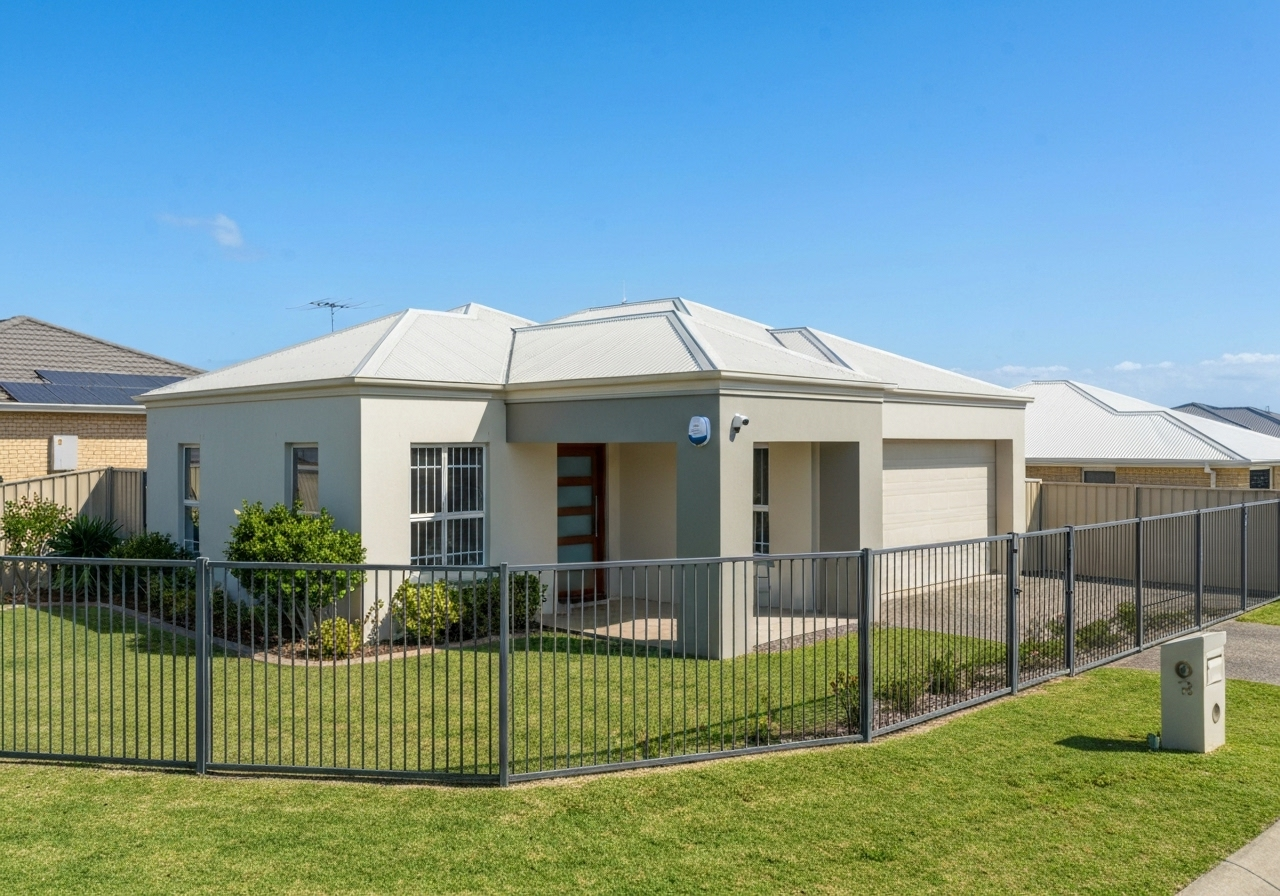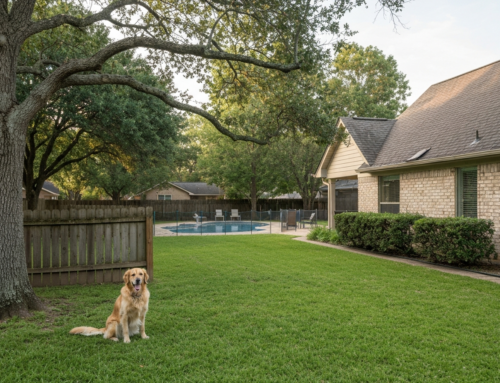Understanding Your Home Insurance Premium: An Introduction from Beach Insurance LLC
Homeowners insurance is a critical safeguard for your most valuable asset, providing financial protection against a wide array of perils. Yet, the premium you pay can vary significantly, often leaving homeowners wondering about the underlying reasons. At Beach Insurance LLC, we understand these complexities and aim to shed light on the various factors that impact your cost of homeowners insurance. From the unique characteristics of your property to your personal financial history, numerous elements contribute to how insurers assess risk and, consequently, determine your annual premium. Understanding these influences is the first step toward making informed decisions about your coverage and potentially finding opportunities for savings. We are committed to helping you navigate the intricacies of personal insurance to secure the optimal protection for your home.
Primary Factors That Impact Your Cost of Homeowners Insurance
Several foundational elements form the bedrock of home insurance premium calculations. Insurers primarily evaluate the likelihood and potential cost of a claim. This risk assessment directly correlates with your premium.
Your Home’s Location and Structure: How They Influence Rates
The geographical placement of your home and its physical attributes are paramount in determining insurance costs.
- Location Risk: Your home’s address, down to the ZIP code, significantly influences your premium. Areas prone to natural disasters such as hurricanes, wildfires, earthquakes, or tornadoes typically command higher rates due to increased risk of damage. For instance, homeowners in coastal regions will often see higher premiums due to hurricane exposure, and those near wildland-urban interfaces face increased wildfire risk driving up insurance costs. Proximity to emergency services also plays a role; homes closer to fire stations and hydrants generally benefit from lower rates.
- Dwelling Coverage and Replacement Cost: The cost to rebuild your home from the ground up, known as its replacement cost, is a key determinant. This figure is not the same as your home’s market value. Insurers consider local construction costs, the year your home was built, its square footage, architectural style, and the quality of building materials (e.g., brick, frame). Updates and renovations can also impact this. A new roof or upgraded electrical system may lead to discounts, while adding high-value features like a finished basement or a swimming pool can increase the replacement cost and, consequently, your premium.
- Age and Condition of Your Home: Older homes often come with higher insurance premiums because their aging systems (plumbing, electrical, HVAC) are more susceptible to issues like leaks, fires, or breakdowns. Maintaining and upgrading these systems can positively affect your rates.
Personal History and Credit: What Insurers Consider
Beyond your property, personal factors contribute significantly to your insurance profile.
- Credit-Based Insurance Score: In most states, insurers utilize a credit-based insurance score as one of many factors that impact homeowners insurance costs. This score, distinct from a standard credit score, is a proprietary calculation used to predict the likelihood of future claims. A higher score generally correlates with a lower risk, potentially leading to more favorable premiums. It’s important to understand that specific personal information like race, religion, or income cannot be used to determine this score, focusing instead on payment history and outstanding debt, among other financial behaviors.
- Claims History: Your history of filing insurance claims is a significant underwriting factor. Homeowners with a history of frequent claims, even for minor incidents, may be perceived as higher risk and face increased premiums. Insurers often review Comprehensive Loss Underwriting Exchange (CLUE) reports, which detail a property’s claims history for up to seven years.
- Marital Status and Age: While less impactful than other factors, some insurers may consider marital status, with married couples sometimes receiving slightly lower rates based on statistical data. Similarly, retirees, who are often home more, may qualify for certain discounts related to theft prevention.
The Role of Deductibles and Policy Endorsements in Your Cost
Your choices in policy structure directly influence your premium.
- Deductible Amount: This is the amount you pay out-of-pocket before your insurance coverage kicks in. Opting for a higher deductible typically results in a lower annual premium, as you are assuming more of the initial financial risk. However, it’s crucial to choose a deductible you can comfortably afford in an emergency.
- Hurricane and Wind Deductibles: For homeowners in hurricane-prone regions, a specific hurricane deductible is often applied. Unlike a standard fixed-dollar deductible, this is typically a percentage (e.g., 1% to 10%) of your home’s dwelling coverage. Understanding how your hurricane deductible works is essential for financial preparedness, as it can represent a substantial out-of-pocket expense after a storm.
- Policy Endorsements: These are additions to your standard policy that provide expanded coverage for specific risks or valuable items. While they enhance your protection, they also increase your overall premium. Common endorsements include water backup coverage, extended replacement cost for dwelling, or scheduled personal property floaters for high-value items like jewelry or art. Reviewing your endorsements annually ensures you are only paying for the coverage you need.
Beyond the Obvious: Surprising Elements Affecting Home Insurance Premiums
Several less commonly recognized factors can also play a role in shaping your home insurance rates.
- Pet Breeds: Certain dog breeds are sometimes categorized as “high-risk” by insurance companies due to historical data on dog bite liability claims. Owning such a breed could lead to higher premiums or even limitations on coverage.
- Attractive Nuisances: Features on your property like swimming pools or trampolines are considered “attractive nuisances.” They increase the risk of personal liability claims, leading insurers to require higher liability limits and, consequently, increased premiums. Implementing safety measures like secure fencing can help mitigate this.
- Home Protective Systems: Installing safety and security features can often qualify you for discounts. This includes smoke detectors, carbon monoxide alarms, burglar alarms that alert a central monitoring station, deadbolt locks, and smart home technology designed to detect water leaks or monitor entry points. These systems demonstrate a proactive approach to risk mitigation.
Actionable Steps to Potentially Lower Your Home Insurance Costs
While many factors influencing your premium are beyond your immediate control, there are proactive steps you can take to potentially reduce your homeowners insurance costs.
- Shop Around and Compare Quotes: Premiums can vary significantly between insurance providers for the same coverage. Obtain quotes from multiple companies to find the most competitive rates.
- Bundle Your Policies: Many insurers offer discounts of 5% to 15% when you purchase multiple policies, such as combining your home and auto insurance, with the same company.
- Increase Your Deductible: As discussed, opting for a higher deductible will lower your premium. Ensure you have sufficient savings to cover this increased out-of-pocket expense if a claim arises.
- Improve Home Security and Disaster Resistance: Invest in home security systems, smoke detectors, and consider strengthening your home against natural disasters with features like storm shutters or reinforced roofing. These improvements not only protect your home but can also lead to valuable discounts. The Insurance Information Institute provides further details on ways to lower your costs.
- Maintain a Good Credit Record: A strong credit history often translates to a more favorable credit-based insurance score, which can result in lower premiums. Pay bills on time and manage your debt responsibly.
- Review Your Policy Annually: Your home’s value, contents, and potential risks can change over time. Regularly review your policy with your agent to ensure your coverage is appropriate and to identify any opportunities to adjust limits or remove unnecessary endorsements.
- Consider Insurance Costs When Buying a Home: Before purchasing a new property, research its claims history via a CLUE report and assess its location-specific risks, such as flood zones or wildfire exposure. These factors will directly affect your future insurance premiums.
Securing Your Home’s Future: Partnering with Beach Insurance LLC
Understanding the many factors that impact your cost of homeowners insurance empowers you to make smarter decisions about protecting your home and finances. At Beach Insurance LLC, we pride ourselves on our expertise and dedication to our clients. We work diligently to assess your unique needs, explain how various factors influence your rates, and help you find comprehensive coverage that offers both protection and peace of mind. Our goal is to be your trusted advisor, ensuring your home is safeguarded against unforeseen events.Ready to explore your options? Visit our Contact Us page to get started.






